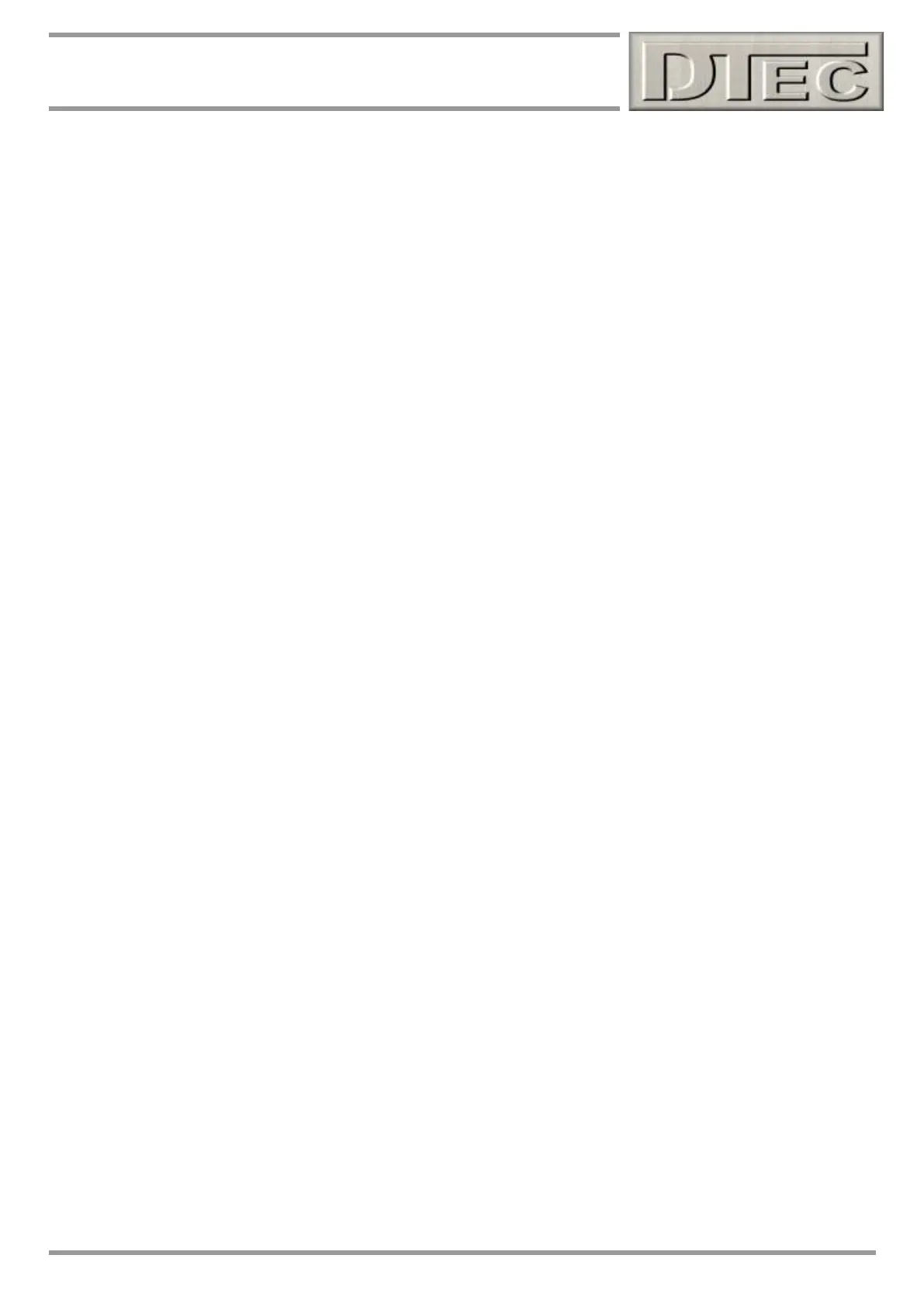www.dtec.net.au
Chapter 17: Losses Correction
General setup for DYNO Loss testing
Prepare the dyno and DYNertia3 for a test Run as usual
Set DYNetia3 into DYNO Losses Correction mode (menu “Setup/Losses Systems”)
Press “Create a new losses file” button and give the file a meaningful name for future reference (you may end up
with multiple files if you are altering your dyno hardware over time!)
Set a suitable RPM as maximum (the maximum used by default comes from your settings in the ‘Record
Settings’ field on the main DYNO window).
Press the DYNertia3 “RUNDOWN” button
Run the dyno up to the required maximum mass RPM
Remove the bike / disconnect the motor / de-clutch as appropriate
Let the load coast to a stop ( go and have a cup of coffee..... )
Press the DYNertia3’ “STOP RUN” button to stop the run when the dyno is at rest
DYNertia3 will calculate the losses and display them in the ‘Driveline Losses’ window
Note: The max safe RPM should be reached, though DYNertia3 software will extrapolate the data to create a curve that
extends beyond your set values, therefore testing to very high RPM is not necessary.
Note: The RPM set as a maximum is not the actual dyno shaft RPM (unless ‘record settings’ field is set to ‘shaft RPM”).
It is whatever you have set via ratios etc i.e. generally engine RPM, so bare this in mind when testing. The RPM gauge
will reflect this RPM, not the dyno shaft!
Tip- It may pay just to do a low speed test first to make sure everything is as you expect. It can take some time for
large mass to slow down so it’s best to do it right first time!
How often should I run DYNO losses correction?
Assuming your dyno is built and maintained properly, Dyno Mechanical Losses Calibration will only need to be done at
first installation, and from then on depending on the frequency of dyno use.
We suggest that initially you do two calibrations a month apart, and check for change. If it’s insignificant then twice a
year may be sufficient. However mechanical components can deteriorate quite quickly so it’s definitely not a good idea
to ignore periodic re-calibrations. It’s frustrating to find out that the “noisy” bearing has been affecting the outcome of
your tuning for months!

